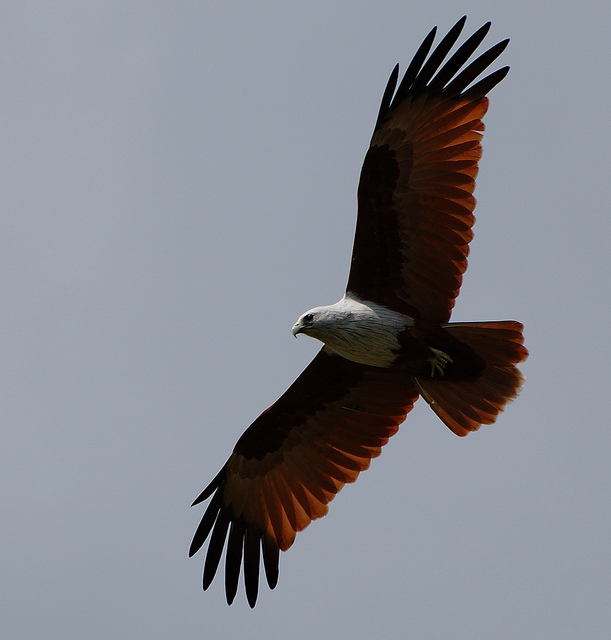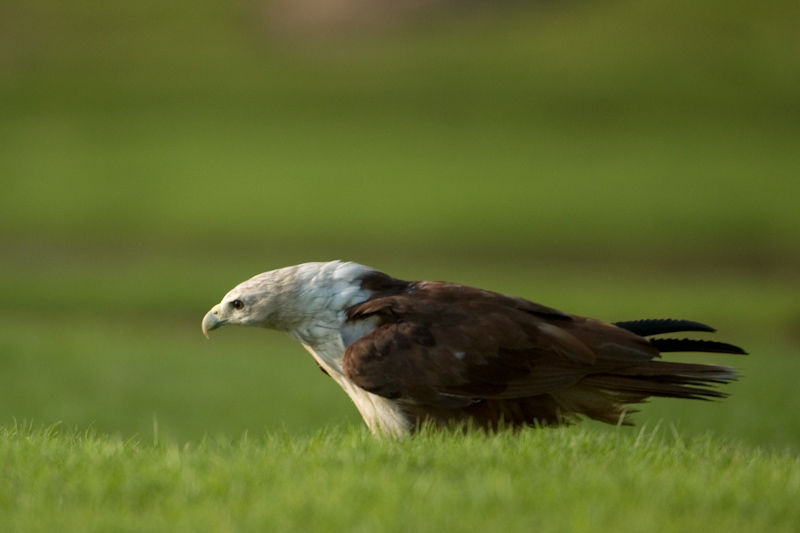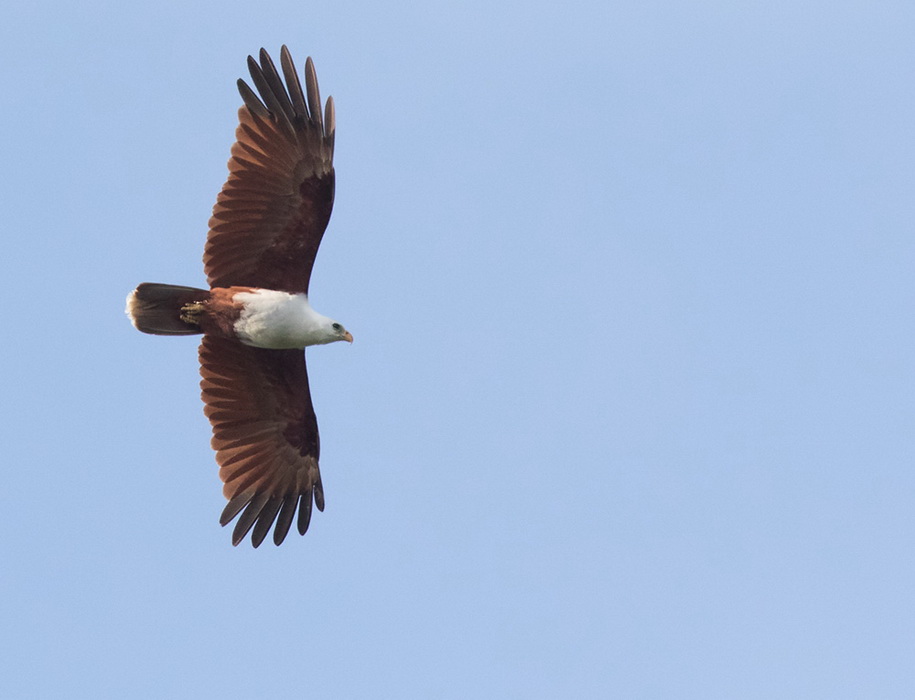

The Brahminy Kite is said to be an opportunistic scavenger. The Brahminy Kite's diet and food acquiring techniques are very varied.ġ. (For recorded sightings of Brahminy Kites in Singapore, see here.) They can also be found on the offshore islands of Singapore like Pulau Ubin and Coney Island. In Singapore, they can be found in a wide variety of habitats including secondary forests, scrubs, mangroves, old plantations and they have even made appearances in urban areas, suggesting that they are tolerant of human presence. They can also be found inland, soaring over forests where they sometimes stop over for a drink at forest streams, rice fields, marshes and even rivers. īrahminy Kites are usually spotter in coastal areas, mangroves and estuaries. Indeed, the form of their tails is what separates Kites from the genus Haliastur (e.g. A key distinguishing feature between the juvenile Brahminy Kite and the Black Kite is the form of their tails the Juvenile Brahminy Kite has a rounded tail while the Black Kite has a shallow, forked tail. The juvenile Brahminy Kite can sometimes be mistaken for a Black Kite due to the similarity in the plumage colouration and appearance of both birds. The black kite (Milvus migrans) is not native to Singapore it is however known to visit the country to escape the winter season in its native ranges. A larger body size in female raptors is likely to enable them to be more successful in securing a territory, breeding and in rearing their young. This phenomenon of reversed sexual size dimorphism is typically seen in birds-of-prey, where the females tend to be larger and heavier than the males. The male and female Brahminy Kites are identical in appearance, but the females can be 3-7% larger than the males. (Right) Juvenile Brahminy Kite in flight. (Left) Juvenile Brahminy Kite on grass patch, notice overall brown plumage colouration.

In addition, the juvenile has a black beak.

It also has fine streaks which are paler in colour than the adults that occurs along the crown of its head, nape and its undersides. The juvenile Brahminy Kite differs from the adult mainly in its plumage colouration the juvenile has an overall brown plumage, which is lighter at its head and undersides and darker on its upperparts. View of under-wing feathers of adult Brahminy Kite. View of upper-wing feathers of adult Brahminy Kite. (For a diagrammatic illustration of the flight feathers of a bird's wing, see here.) The tail of this bird is relatively short and its tail base appears to be slightly rounded when it is in flight.

Its under-wing coverts are also chestnut-coloured its under-wing and tail flight feathers are however paler brown in colour. The upper-wing feathers of the adult Brahminy Kite are chestnut-coloured, with characteristic black wing tips that spread out in a finger-like manner when it flies. Īdult Brahminy Kite perched on a tree branch, with body features labelled. It has a strongly hooked beak which can be yellow, grey or white in colour, and yellow feet with sharp, curved talons or claws. On closer inspection, one can find that it has fine streaks that run down its crown, nape, throat, chest and upper belly. The contrasting plumage colouration of this bird is one feature that many birders typically use to recognize it from afar. It has a white head, neck and chest and a characteristic chestnut-coloured body. The Brahminy Kite is a medium-sized raptor, ranging from 45-51cm in length.


 0 kommentar(er)
0 kommentar(er)
